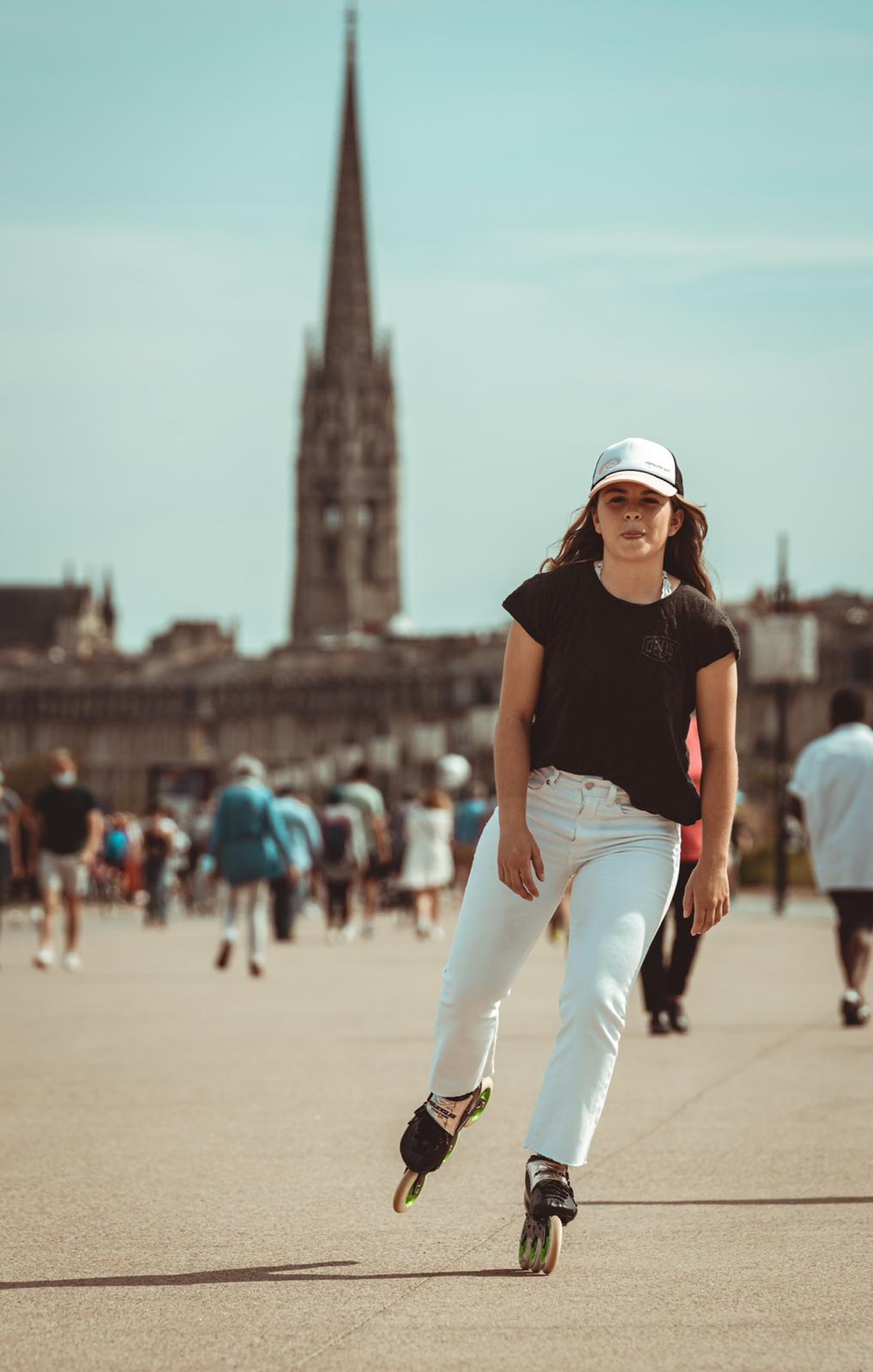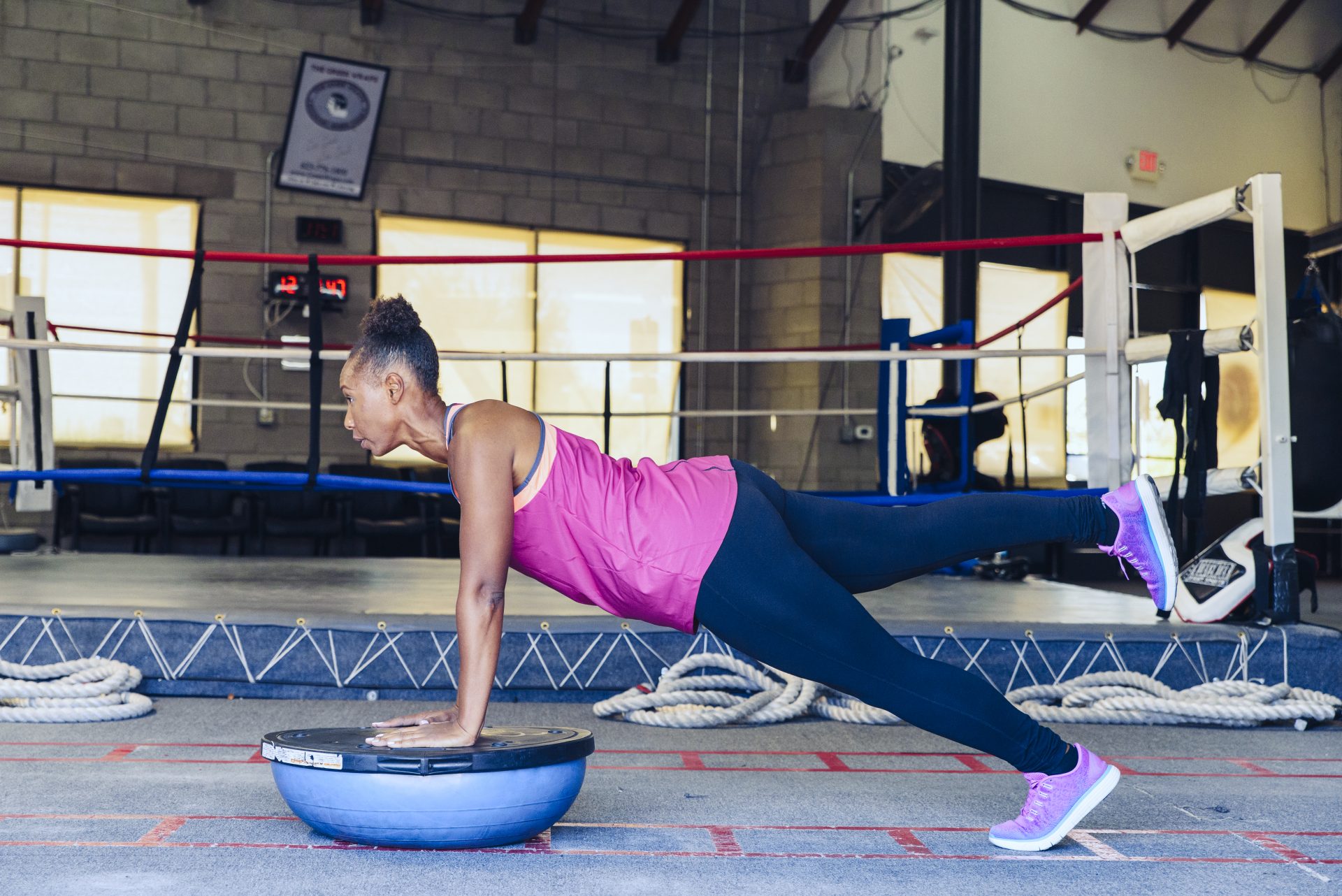eating oxycodone powder
To roller skate well, you’ve got to skate often. But that’s not to say that you can’t make vast improvements off the skates by strengthening muscles, norco fair hours improving balance and firing up the core – all of which these exercises can do.
If you’ve been outside anywhere remotely flat lately, you’ve seen more than a few people roller skating. A staple of the ‘70s disco era, skating is enjoying a mega comeback. When you think about it, that shouldn’t come as a surprise; not only is roller-skating an amazing workout, it’s also incredibly fun, relatively cheap and a great way of getting your daily dose of nature (unless you’re skating at a roller derby, of course!).
When skating, it doesn’t take long to realise that it has tonnes of strength, stability and cardio benefits – it’s a workout. As such, you’ll skate stronger by honing core strength and balance off the skates. With that in mind, we’ve asked the experts for their top strength exercises for improving our performance on the roll.
You may also like
Benefits of roller skating: does roller skating count as a workout?
1. Lateral lunges
Roller skating puts a high demand on the adductors (your inner thigh muscles), so strength and conditioning expert Dr Keith Scruggs (who’s worked with Olympic skiers) suggests working on that target area with exercises like lateral lunges.
“You also get the bonus of targeting your glutes, hamstrings, quads and core,” he says.
Begin by performing the exercise with your body weight for three to five sets of 8-12 reps on each side. Concentrate on the range of motion –getting as low as possible – instead of speed. Once you’re comfortable performing these as bodyweight exercises with good technique, start adding resistance by holding a kettlebell, dumbbells or wearing a weighted vest.
How to do it:
- Stand with feet hip-width apart.
- Keeping your left foot firmly planted, lift your right leg and step out to the right before bending that right knee. You want to be sitting back into that right leg, weight towards your heel and back straight.
- The left leg should be straight while the right knee is bent – you should feel the inside of your left leg stretching.
- Lift your body and right leg back up to meet your left.
- Repeat on the other side.
Whatever you do, “do not put your hands on your knees to stand back up! Let your core do its job,” says Dr Scruggs.
2. Split squats
As you’re spending a lot of time on one leg at a time when skating, focusing on unilateral — or single leg — movements can carry huge benefits. Dr Omar Ahmad, strength coach to professional footballers, recommends adding split squats to your routine.
“They’ll really help develop strength and balance while reducing your risk for injury,” he says.
How to do them:
- Begin in a standing position with your feet about hip-width apart.
- Take a big step forwards with your back heel lifted off the ground, as if you’re performing a lunge. K
- eeping your upper body straight and eyes forward, slowly lower down until your back knee almost touches the floor, then push back up.
- Try three sets of eight squats on each leg, adding weight when it gets too easy.
- You can also play with timing. For example, lower for three seconds, hold for a second, then raise up explosively, using your glutes to fire you back to standing.
3. Banded hip exercises
Both Scruggs and French freestyle skating champion and European bronze medalist, Alix Bouquet, recommend using resistance bands in your workouts to improve strength and flexibility. A great choice of banded exercise for skaters is hip openers.
“I love resistance bands for hip exercises,” says Scruggs. “You’re only limited to your creativity and they’re a great way to have fun while targeting very important areas of your body.”
How to use them:
- Start by wearing a band around your knees with a slight bend in your legs.
- Keeping one leg planted, tap your toe in front of you (at 12 o’clock) – far enough out that the band is giving you some resistance.
- Next, tap your toe out to the side (3 o’clock), again making sure to get some resistance from the band.
- Finally, tap behind you (6 o’clock). Go around the “clock” for one minute on each leg.

4. Single-leg glute bridge
Single-leg glute bridges are another unilateral move that targets the glutes, hips and legs while also forcing you to activate your core.
“They’re a great way to strengthen the connection between the upper and lower halves of the body,” says Dr Ahmad.
How to do them:
- Begin by lying on your back, hands by your side and fingers outstretched.
- Bend your knees and bring both feet up so your heels are just touching your fingers.
- Side at a time, straighten a leg and push through the foot planted on the ground to lift your hips up towards the sky.
Try three sets of eight reps, starting with your body weight. If it’s too easy, add weight by resting a dumbbell over your hips. If you’d like to throw in additional balance work, you can also perform this exercise wearing your skates.
5. Balance board balances
Balance is a key part of roller-skating, which is Bouquet spends so long training her core.
“I love training with a balance board to work on my stability,” she says. “It’s a great way to get stronger.”
A balance board is essentially a skateboard deck positioned over a tube, similar to a foam roller. Wobble boards also work, and you can probably find one down your local gym.

How to use one:
- If you’re new to balance boards, start by trying to stand with a slight bend in your knees for three sets of 20 seconds.
- When you’ve mastered that without falling, move on to three sets of eight squats.
- If that becomes too easy, try three sets of eight single-leg squats or single-leg deadlifts. You can also perform push-ups and sit-ups on a balance board as a great full-body core workout.
6. Ab walkouts on skates
Bouquet, who has been skating for 15 years, believes that the best way to improve your skating as a whole is to just skate, skate, skate. That’s why she recommends doing some of your core exercises on skates as well.
“One of my favorites is ab walkouts on my skates,” she says.
Targeting the abdominal muscles that help stabilize you while skating, ab walkouts work your whole core (rectus abdominis, lateral obliques and the transverse abdominis), and help strengthen your spine.
How to do them:
- Wearing your skates, lower yourself down into a plank position – either resting on your forearms or palms.
- Slowly bring one knee up to your chest at a time, balancing on the toes of your skate and rolling the front wheel up and down every rep.
- These are challenging, so start with as many reps as you can do in 15 seconds, pause for a minute and repeat two more times.
- Build up to one minute of walkouts.
Dr Ahmad suggests to really get the most out of your skating, you should work on strength and conditioning at least twice a week, with general cardio fitness sprinkled in between. And, of course, lots of skating. An example weekly workout is below.
Looking for more strengthening ideas to improve your activities? Head over to the Strong Women Training Club where we have hundreds of strength-building ideas to add to your circuits.
Images: Getty/Alix Bouquet
Source: Read Full Article
